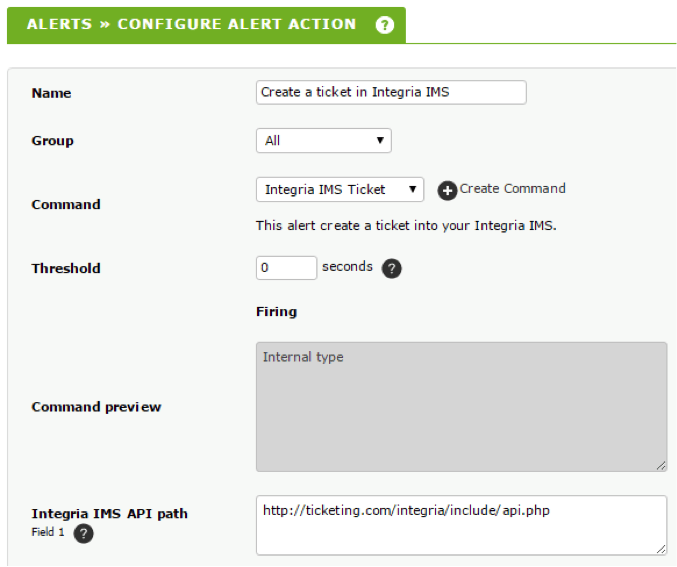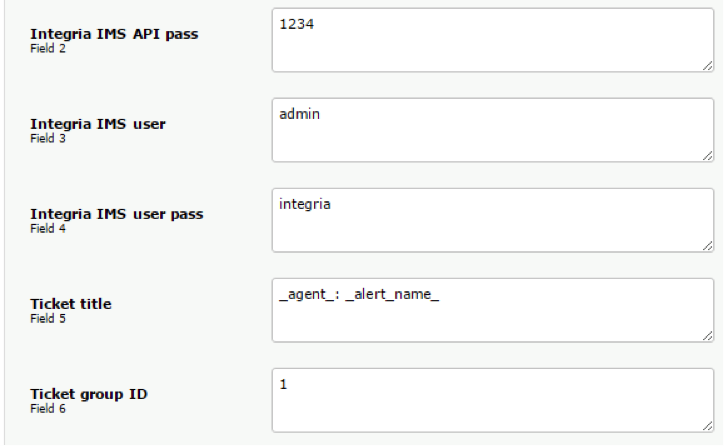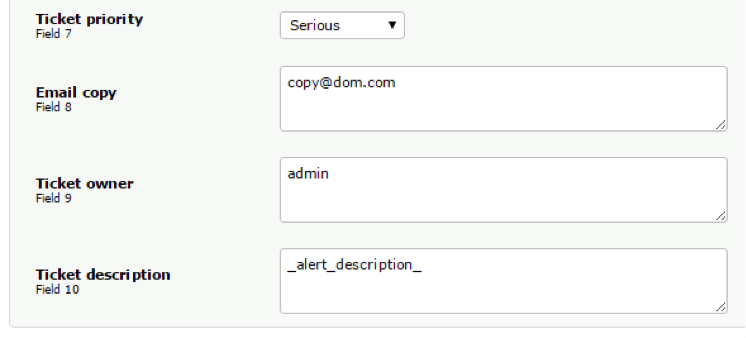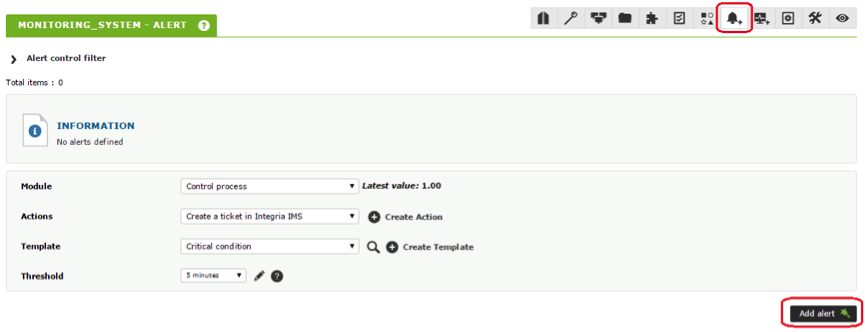Contemporary business needs IT and communication technologies if anything is to happen.
For modern businesses, IT and communication technologies are essential; without them, almost nothing could happen. Reliable business machines, smooth-running applications, a technological infrastructure that keeps downtime to the absolute minimum, are imperative. In this context monitoring tools, such as Pandora FMS, acquire an added significance, guaranteeing oversight of your systems and the ability to take action in order to prevent problems with your essential resources. A key component of managing business flow is a well-designed ticketing system: say hello to Integria IMS.
Let’s look at an environment where these two tools – Pandora FMS and Integria IMS – synergize, maximizing the efficiency of both. Firstly, picture an IT environment monitored by Pandora FMS, with work groups organized via Integra IMS and using ticketing as an internal communication resource for technical incident resolution. Here, Pandora FMS’s advanced alert system integrates seamlessly with Integria IMS’s ticketing system thanks to API rest.
Pandora FMS comes with the default preconfigured actions and commands necessary to realize this integration, making calls to Integria IMS’s API following the desired parameters, namely: the URL of Integria IMS’s API, the API password, Integria IMS console user and password, the title you wish to assign to your ticket (using macros), the Integria IMS user group ID associated with the ticket, the ticket priority, additional email addresses to notify, the Integria IMS ticket owner, and the description, or body, of the ticket.
All these fields come ready-to-use, meaning you only have to modify some configuration parameters.
Set up as follows; in the Integria IMS API path field, enter Integria IMS’s API URL:
Next, enter the Integria IMS API password, a user and their password, a title for the ticket (again, employing macros for convenience) and the Integria IMS group password associated with the ticket:
Finally, specify any additional parameters associated with the ticket, such as its priority, any email addresses you want to copy in, the owner/user of the ticket and a description, or main body, of the ticket:
Assuming you have already defined the Pandora FMS templates, you use this ticket creation action to link an alert to a priority system so that, when an incident comes up, it automatically generates a ticket in Integria IMS.
Go to the alert section of you agent and complete the alert form. In this case the Control process module in the event of critical condition, as in the following screenshot:
Using this configuration and the Create ticket action, you should see a new ticket in Integria IMS (provided everything is correctly configured) when the module displays a critical status.
In Pandora FMS:
In Integria IMS:
The details of the ticket can be configured by modifying the calls to the API.
Pandora FMS’s scaled alerts system takes ticket integration with Integria IMS to another level. For example, if there is a recurring problem, there is an option to open a high-priority ticket, or alternatively, assign it to a specific control group, creating an automated and responsive control system, fine-tuned to take action when incidents occur.
Apart from integrating tickets and system events, Integria IMS’s extensive control and operation options, combined with Pandora FMS’s advanced alerts system, enable levels of integration, and resulting synergies, that facilitate work flows and efficient resource management, quickly and easily.
Pandora FMS’s editorial team is made up of a group of writers and IT professionals with one thing in common: their passion for computer system monitoring. Pandora FMS’s editorial team is made up of a group of writers and IT professionals with one thing in common: their passion for computer system monitoring.
























